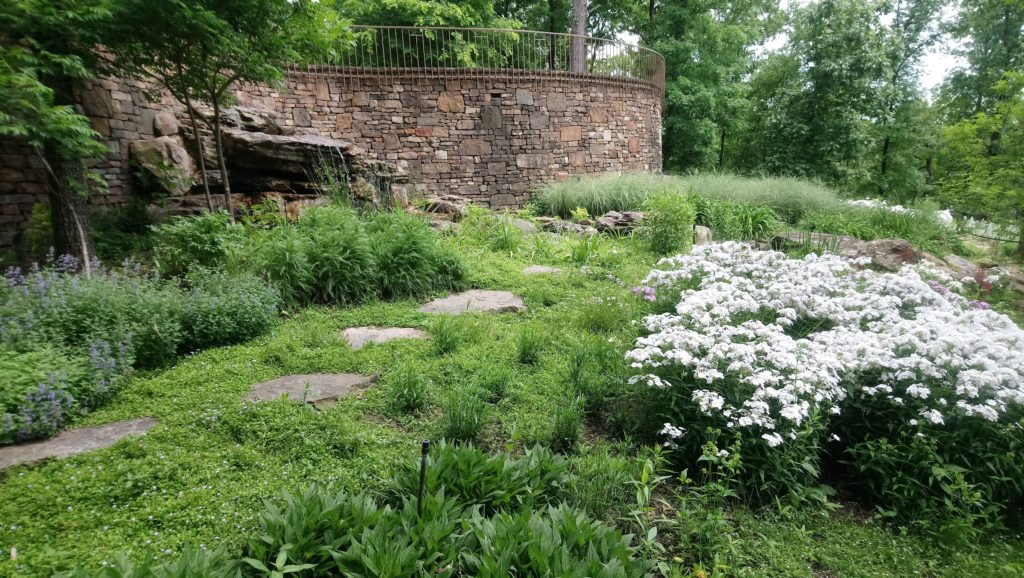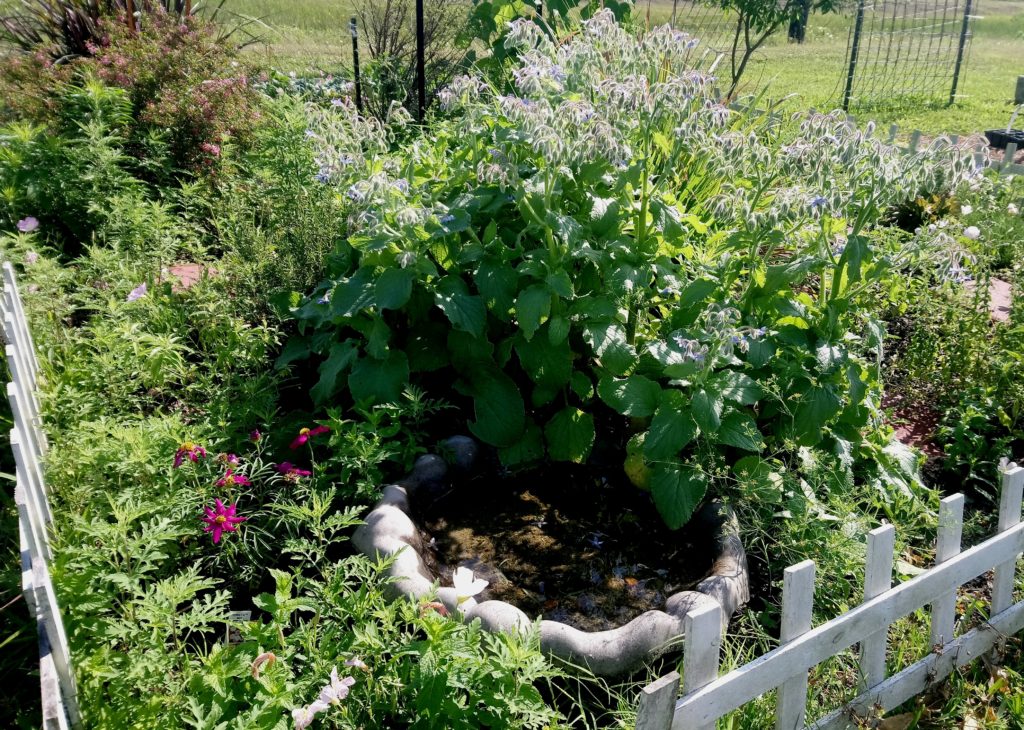 Home landscape beautification often starts with simple ideas and singular plantings: lawn construction that is often St. Augustinegrass, at least one fast growing tree for anticipated shade and a few foundation plantings of shrubs as a visual anchor. I offer to expand the effort and increase biodiversity by creating habitat for wildlife.
Home landscape beautification often starts with simple ideas and singular plantings: lawn construction that is often St. Augustinegrass, at least one fast growing tree for anticipated shade and a few foundation plantings of shrubs as a visual anchor. I offer to expand the effort and increase biodiversity by creating habitat for wildlife.
There can be many different reasons that motivate us to create a wildlife habitat in our landscapes, such as designing pollinator gardens to attract Monarch butterflies and other pollinators, or to support migratory bird populations. Habitat gardening as a movement took root through the National Wildlife Federation Backyard Wildlife Habitat certification program in 1973. The program was developed for public awareness of habitat loss due to urbanization. A primary benefit to habitat enhancement is designing and creating features that conserve natural resources and increase animal and plant diversity. Remember that a ‘wildscape’ design does not necessarily translate to a jumbled thicket of plants. We are naturally inclined to retain order in the landscape, to bring order from chaos to create a sense of comfort and feeling of ease within our environment. We will still use key landscape design principles that help us interpret and connect to our natural surroundings, such as aspects of proportion (small vs. tall) and order, and repetition of plants to organize and bring unity to the whole. The goal to create a wildlife habitat can be met by providing basic components such as shelter, food and water that can attract animals and insects to our landscape. Shelter for bird nesting or butterfly roosting can be developed in a variety of ways, and the design includes constructing multiple layers in a tiered arrangement with tall, medium and short plants. Take into consideration that you will need to provide shade tolerant, or understory plants mixed with plants requiring full sun to account for diverse landscape conditions.
Food for animals is provided by attracting insects with a diversity of plants. There are many different plants that are a great source of nectar for insects and hummingbirds, such as native Turk’s cap (Malvaviscus arboreus var. drummondii), Flame acanthus (Anisacanthus quadrifidus var. wrightii) and Barbados cherry (Malpighia glabra), as well as adaptive plants such as Bat-face cuphea (Cuphea micropetala) and ornamental salvia. Remember to tolerate a little bit of damage to your plants as butterfly and moth larvae use specific plants for food. The most recognizable relationship is native milkweed species as host plant for the Monarch butterfly. Other host plants are Parsley (Black Swallowtail Butterfly), various backyard citrus trees (Giant Swallowtail), Passionflower (Gulf Fritillary), Hackberry and Elm species (Question Mark), and different kinds of thistles (Painted Lady).
 Fresh water is an element which all life depends and is an important component that supports wildlife habitat. A water feature can be a man-made stream to a bird bath and is dependent on your budget. Shallow saucers for potted plants with a few rocks for perching butterflies and insects works well for space-constrained areas. Ponds with shallow edges help access to land animals and insects and can double your aesthetic pleasure.
Fresh water is an element which all life depends and is an important component that supports wildlife habitat. A water feature can be a man-made stream to a bird bath and is dependent on your budget. Shallow saucers for potted plants with a few rocks for perching butterflies and insects works well for space-constrained areas. Ponds with shallow edges help access to land animals and insects and can double your aesthetic pleasure.
Creating wildlife habitats in our home landscapes is one way to feel that we can contribute toward environmental conservation and stay connected to our natural world. You can find out more information about resource conservation, horticulture, agriculture and family and community health programs by visiting our county website: https://brazoria.agrilife.org. Feel free to email me if I can answer any questions: [email protected]. Thank you for taking care of our environment and I’ll see you in the garden.
